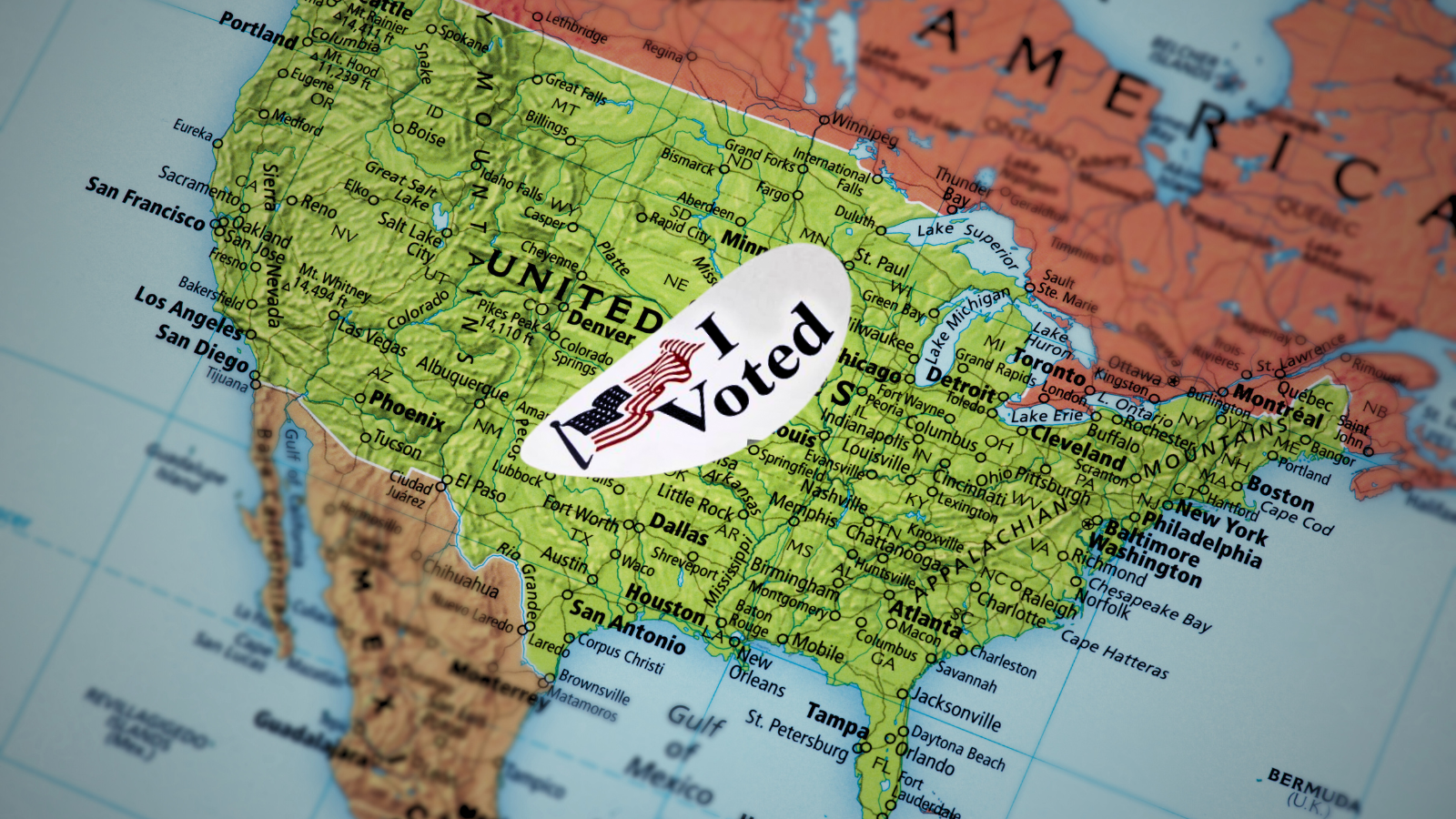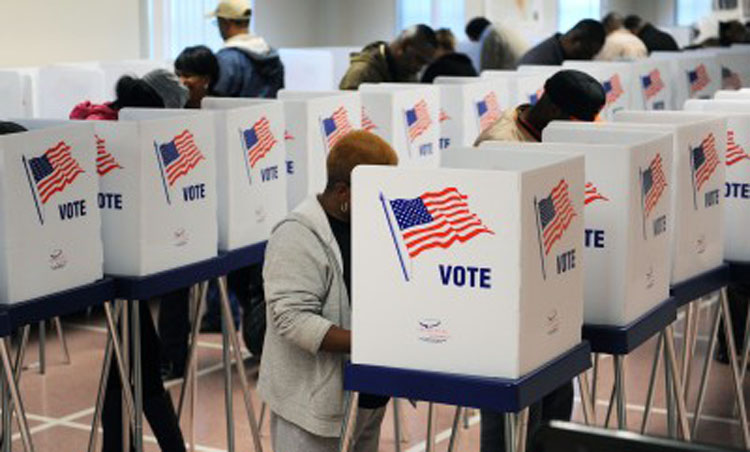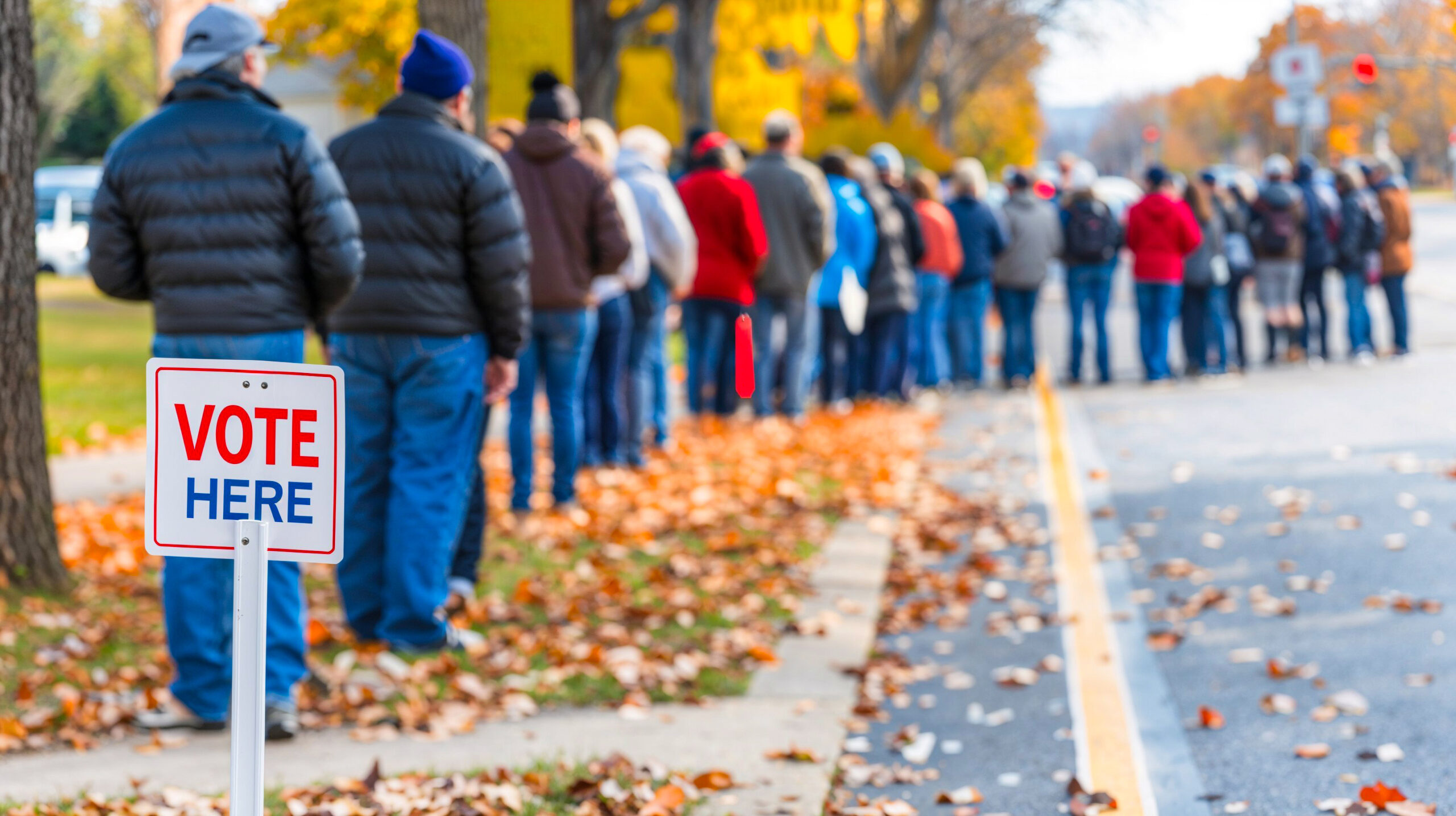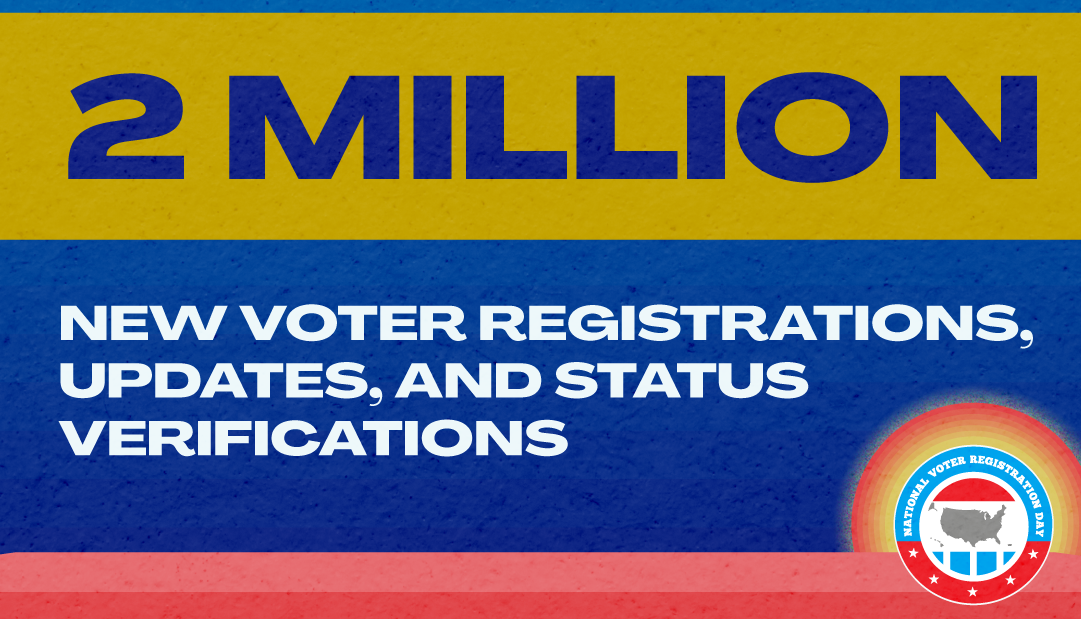While the conventional wisdom says most Americans don’t begin to pay attention to election coverage until after Labor Day, that adage never accounted for the non-stop roller coaster of historic news that has defined the last month of American politics.
In back-to-back succession, the country watched a debate that kicked off questions about President Joe Biden’s continued candidacy; the attempted assassination of former President Donald Trump; and Biden announcing the end of his candidacy and endorsement of Vice President Kamala Harris.
The high electoral drama has launched many questions about the status of the presidential contest, including but not limited to who the Democratic nominee will be, how they will be chosen, and what that means.
With that in mind, we at Nonprofit VOTE have done our best to anticipate and answer the questions scores of Americans may now be having as they begin to tune in to Election 2024.
So, what just happened with President Joe Biden?
On July 21, Joe Biden announced he was ending his reelection campaign and throwing his support behind Vice President Kamala Harris as the party’s 2024 nominee for president. Meanwhile, Joe Biden remains the sitting President of the United States and plans to finish the remaining months of his current term.
And Donald Trump is still the Republican nominee for president?
Correct. On July 15, Donald Trump was officially certified as the Republican presidential nominee at the party’s national convention when he received the votes of 2243 delegates, surpassing the 1215 needed to secure the Republican nomination according to party rules.
What are delegates?
Delegates are important figures and activists within a given state political party. They meet at their respective party’s national convention to choose their party’s candidates for President and Vice President. Each party has its own process governing how these delegates are selected and rules for how they vote.
For the two major parties, delegates are selected through a nationwide system of state primaries and caucuses. In some cases, delegates are elected on the very same primary ballot where voters select their preferred presidential candidate. In other cases in post-primary meetings that are open to any registered party member.
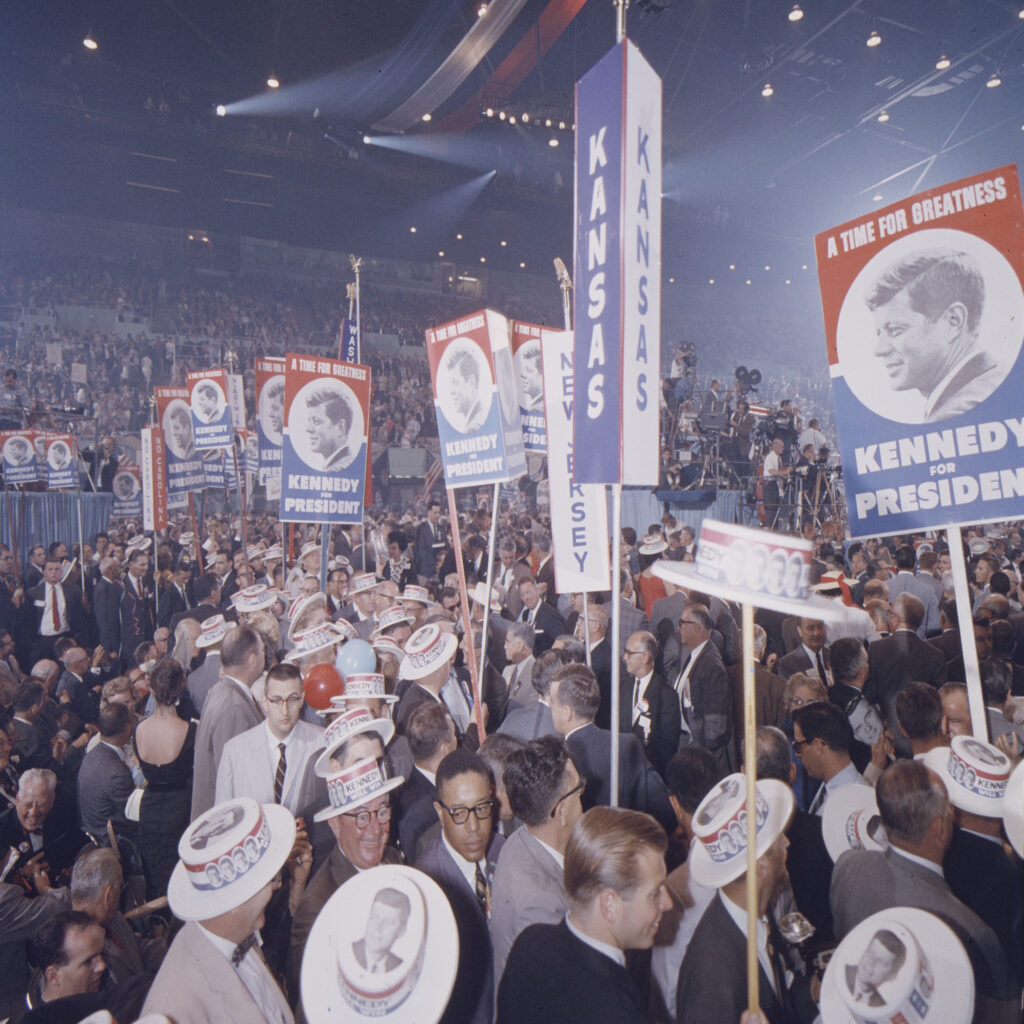
So delegates choose the party’s nominee? I thought the results of state primaries and caucuses did that?
The short answer is both. Candidates for president receive a certain number of delegates based on how they performed in their state primary or caucus.
The rules differ a bit by party, with Democrats awarding delegates proportionally in relation to how well a candidate did in a primary or caucus and Republicans awarding delegates both proportionality and on a “winner take all” basis wherein the candidate who wins the primary gets 100% of the state’s delegates.
The goal of presidential candidates from both major parties is to win a majority of their party’s total number of delegates; 1215 out of 2429 for Republicans and 1968 out of 3934 for Democrats.
Are the delegates required to vote for the candidates who won them?
It depends on the party but, in a word, yes… at least initially.
Nearly all Republican delegates are what are known as “bound delegates”, meaning they are required to vote for the candidate who they were bound to as a result of their state’s primary or caucus. They generally become “unbound” after the first ballot.
Democrats have “pledged delegates” that are expected to “in all good conscience reflect the sentiments of those who elected them.” Like the Republicans, they become “unpledged” in subsequent votes if their candidate does not advance. Additionally, Democrats have 739 automatic delegates (often referred to as “superdelegates”) who are totally “unpledged” to any candidate and can vote for whoever they choose. However, automatic delegates may only vote if there is no winning candidate with a majority of delegates after a first round of roll call voting.
Smaller, third parties have their own rules for selecting their party’s Presidential nominee that differ from both the Republican and Democrat Party processes outlined above.
Where do these rules come from?
The US Constitution doesn’t spell out how presidential nominees should be chosen, in fact the term “political party” doesn’t appear in the Constitution at all. The rules that govern party primaries are instead made by the political parties themselves and, while they must comply with state and federal laws regarding things like campaign finance or equal access to the ballot regardless of race or gender, the parties are largely allowed to make whatever rules they see fit regarding the selection process of their own nominees.
The presidential primary system, as used by the two major parties since the 1970s and 80s, is a result of a long evolutionary process. For a brief history of how the current system came to be, see The National Constitution Center.

